The tomboy femme is a relatively new addition to the queer woman’s arsenal of labels and identities, dating back to the late aughts and embodied recently by Billie Eilish’s oversized fits paired with femme nails and the chaotic mixing of masculine and feminine styles in sapphic hit Bottoms (2023). As quickly as the tomboy femme has risen to the heights of wlw stardom, however, she’s also grabbed the attention of an unexpected internet subculture: Christian influencers. These days, you might be as likely to see a queer woman showing you how to dress ‘tomboy femme’ as a straight woman. In greater numbers, Christian women have taken to Instagram and TikTok to complain that their cargo-wearing religious modesty gets them mistaken for lesbians.
A 2024 asos piece discussing the “Tiktok-trending Tomboy Femme aesthetic” describes it as “elevating sporty cuts with subtle feminine details” and cites Bella Hadid and Kylie Jenner as Tomboy Femme icons. It’s one of many articles that erases the tomboy femme aesthetics’ roots in lesbian and sapphic communities. For queer women, “tomboy femme” was never a fashion trend so much as it was a label that described the way they already dressed and presented themselves, but just hadn’t picked a word for.
It’s surprising, in the endless culture wars, to see so many Christian women lamenting being read as queer because of their “tomboy femme” style, reflecting shifting ideas around modesty, and laying bare how easy it is to ahistorically appropriate queer culture for content. As masculine dress for women becomes normalised, we’ve forgotten how recently it was still unacceptable for women to wear pants and how queer-coded dressing like a ‘tomboy’ used to be, and for some, still is.
But, is any of this harmful? Should we shrug off straight women’s adoption of “tomboy femme”? Is it a problem that modesty influencers rarely consider the queer activist histories that enable them to dress in a way that definitely would have gotten them labelled a dyke not long ago?
What is a tomboy femme?
The tomboy femme combines two older lesbian and bisexual identities: the tomboy and the femme.
Tomboys have their vague origins in the 19th century — girls like Jo March, pushing back against Victorian social norms, preferring sports and trucks and climbing trees over playing house with baby dolls.
By the early twentieth century, the tomboy was sometimes seen as a threateningly queer type of girl, who might (if her tomboyishness stuck around into her teenage years) turn out to be a very abnormal type of woman — a lesbian. Throughout the last century, fears that tomboys would become queer adult women were widely held, though not always accurate, and, in the face of a world that preferred pretty little girls turning into heterosexual wives, sapphic communities frequently reclaimed the term “tomboy” for their own purposes. What exactly a tomboy is outside of homophobic fear-mongering in twentieth-century parenting manuals varies: a tomboy is often synonymous with baby butches and chapstick lesbians, not quite masculine enough to be a butch or a stud, but far from a femme.
The femme, unlike the tomboy, has its origins specifically within the butch/femme dynamics of working-class lesbians in the 1940s. Since the 1990s, the term has been used to more generally describe any and all feminine people, interchangeably with ‘fem’, “femme” arose as a queer identifier for women who were the feminine counterpart to the masculine butch, an erotic identity as much about feminine gender expression as desiring masculine-presenting women. There are many variations on the femme, what you could call the multigendered femme spectrum, from the hyperfemininity of the high femme right down to the tomboy femme herself.
A tomboy femme might also be a ‘futch’, a ‘butchy femme’ or a ‘soft butch’ judging by the aesthetic similarities of people who use these self-identifiers, but, noticeably, these identities and gender expressions haven’t taken off quite as much outside of queer communities. This is likely because whilst ‘butch’ has kept its explicitly queer connotations, femme, so linguistically similar to feminine, has lost much of its queer charge, a less threatening term for a straight woman or even a closeted queer woman to use without explicitly signalling queerness.
The combined term “tomboy femme” began appearing online in the late 2000s and early 2010s and slowly but surely made itself a visible feature of online lesbian subcultures. The earliest online usage of the term was the 2009-founded tumblr “tomboyfemme”, in which the founder described the term to represent “where I sit at the centre of a continuum — compared to most female-bodied queers, I’m femme as hell, but in a group of heterosexual women, I’m immediately called a tomboy.”
A 2012 Autostraddle article titled “Femmes: Beyond Lipstick (and Heels and Dresses)” was the first to take the term out of tumblr into the wilds, and it was appearing in headlines by 2013. That same year, DapperQ introduced “Tomboy Femme Fridays” to celebrate that moment in style history. By 2014, it was frequently used on Autostraddle, even becoming a wildly popular t-shirt (since widely copied). In 2016, an Autostraddle survey that included a multiple-choice question about gender presentation, Tomboy Femme was the most popular selection, with 30% of readers opting for it. It seemed to be a term that filled an identity gap for a big chunk of the queer population who hadn’t felt represented before. A deeply 2010s Buzzfeed article describes Tomboy Femmes as “t-shirt and lipstick. sneakers and lingerie. often seen wearing glasses and still kicking your ass at sports.”
Whilst the glasses and sports have seemingly lost any tomboy femme connotations in the 2020s, ‘t-shirts and lipstick’ is as good as any summary of this sapphic subtype. Androgynous fashion and masculine styling have long been a part of sapphic communities and queer self-expression, and the tomboy femme is a label that has long been embraced by a wide range of queer people. Despite this, the most visible representations of the tomboy femme have been white skinny women – some the earliest internet examples include Linda Evangelista and Jodie Foster – and this, combined with the femme’s less overt queer meaning, offers an unthreatening queering of conventional expectations about how women should dress. Popular tomboy femme trends like the oversized shirt and baggy pant combo draw directly from Black culture and artists like Missy Elliot and Aaliyah. Repackaged for Instagram and TikTok, these aesthetics rarely acknowledge those who pioneered them.
So what’s modest about dressing like a lesbian?
The creators of non-queer tomboy femme content tend to fall into two categories: fashion influencers who have picked up on the trend and create content on how to dress like one; and Christian influencers who ‘push back’ on the comments that tell them they’re dressed like a lesbian.
On the whole, fashion influencers tend to be queer-affirming, if unaware of the term’s gay roots, responding politely to commenters’ questions about their sexuality.
Meanwhile, the recent ‘when you wanna be a modest Christian girl but you get mistaken for a lesbian’ trend on the Christian side of TikTok is often served with comments of how insulting such an accusation is. One creator posted a video of herself in dungarees and a backwards cap with the caption: ‘I’m glad I was able to be a tomboy without someone telling me I was confused’. More than a few discuss how they used to be tomboys before they found God. Many suggest that it used to be okay to dress more masculine without being seen as queer when they were young, and that they wish they weren’t perceived as queer now they dress masculine in their adulthood.
It took a long while for it to be acceptable for women to wear “masculine” fashion, but Evangelical and conservative Christian communities have taken even longer. In the Mormon Church, Sister missionaries only got the go-ahead to wear trousers in 2019. Headlines on Christian blogs ask whether women should wear leggings, when it’s acceptable to wear pants and how to make sure your tomboy daughter doesn’t confuse herself for a boy.
Up to the 1960s, American Christian dress codes for women emphasised simple, feminine clothing with minimal accessories — if you were lucky, your slightly-more liberal church might deem it acceptable to occasionally wear pants. This expectation changed dramatically into hyper-feminine camp with the rise of televangelism and an influx of female preachers like Tammy Faye in the 1970s. You can see echoes of Faye’s exaggerated makeup and glamour on right-wing women like Majorie Taylor Greene and Kellyanne Conway, who love their bleached-blonde locks. But, while Faye never would’ve been caught dead in pants, Taylor Greene occasionally dons a pair of dark wash jeans, perhaps in an attempt to flash some down-to-earth country girl credentials.
Since the 2000s, evangelical preaching trends in the US have favoured a more casual, down-with-the-kids approach, a new strategy to attract younger congregations. Female preachers like Beth Moore started to dress down their evangelicalism, favoring jeans and simplicity in hopes of making Christianity seem more appealing or even cool to millennials and Gen-Z. Whilst trad wives and rightwing pundits show that hyper-femininity is still valued amongst Christians, a more casual aesthetic that draws on modern fashion is a useful way to make Christianity seem less demanding.
As traditional preachers gave way to online personalities in the 2010s, Christian influencers shifted their beliefs about modesty to appeal to as many women as possible. Modesty in online Christian circles is less about adhering to doctrine than it is making modern fashions suit their beliefs. So, whilst content creators like Girl Defined say girls can wear jeans and be modest, they also say that this has to be done the right way, meaning no low-cut jeans or extra-tight jeggings.
Debates about how women should dress among Christian online communities generally fall into one of two camps: women should dress to please their husbands (the “trad-wife” variety of modesty) or women should dress in a way that desexualizes them completely — the tomboy approach. Both of these approaches are equally invested in the male gaze, centering men as the sartorial priority while appealing to a kind of return-to-the-land back-in-the-good-old-days fantasy of working the field and bearing children.
The difference between a modest woman and a tomboy femme seems to be less about how they look than the reasons why they adopt more masculine styles and how that style is read by the world. Christian tomboy femme influencers want tomboy femme style, on their bodies, to represent modest heterosexuality. But that same style on a queer body — chosen for comfort, personal affirmation or community affiliation — can be demonized as a gender betrayal or sexual deviancy. There’s a lot of cognitive dissonance around a movement that reframes lesbian fashion as “conservative.”
Whilst we could celebrate how far feminism and queer liberation has come that restrictive dress codes prohibiting women from wearing pants to work and school are (mostly) a thing of the (very recent) past, in the world of tradwives and transphobic politics, it increasingly feels like our wardrobes are being policed more than ever.
Gender Policing Is Unfortunately Currently In Style
The upsurge in online content in which anti-queer people ahistorically appropriate queer style is poorly timed when, more and more, the butches, studs, trans men and women, enbies, and other gender non-conforming people in our lives suffer at the hands of regressive beliefs about how men and women should look. Recently, queer couple were asked to ‘prove’ their sex in order to use the women’s toilets at a Boston Hotel — an incident that happens all over this country, every day, but just rarely makes the news.
Last summer’s Olympics was plagued by comments about whether female athletes were ‘really’ women due to their athletic prowess, demonstrating how challenging it can be to be a gender non-conforming woman – whether this means being queer, or simply being more muscular and less white than the idealised conservative women is expected to be.
Many of the Christian influencers who use language like “tomboy femme” are homophobic and use lesbian and queer hashtags to ragebait the queer community. One of the many trending posts about being confused for a lesbian was created by a woman who attends Morningstar Ministries,which has a very clear stance on homosexuality : ‘homosexuality is a genuine threat to the very foundations of our social order’. Another user of the same trend has multiple anti-abortion, transphobic and anti-feminists posts. The comments under these posts complain that in the ‘good old days’ women could be tomboys and dress like a tomboy femme without being perceived as queer: but I am very (not) sorry to inform them that this has literally never been the case.
Masculine-presenting straight women have the best of both worlds: they get to present to the world how they want and keep all the privileges of heterosexuality. It can feel a little unfair that many of the self-described tomboy femmes of Instagram and TikTok get to claim cool lesbian style points with the caveat: ’but I’m straight’. Sure, being perceived as queer in public and online can be challenging and lead to homophobic harassment, but imagine how much harder it is to actually be queer.
The language around modesty and masculinity often implies two things: that to present as feminine is only about catering for the male gaze, ignoring femme histories and the possibility of a femininity without patriarchy; and that female masculinity has nothing to do with queerness, erasing legacies of queer gender nonconformity. Even when seeming to celebrate gender nonconformity in their tomboy femme eras, many Christian influencers continue to uphold the gender binary and all the problems that come with it.
Of course, there’s nothing wrong with straight women dressing in conventionally masculine fashions. Everyone can and should disrupt the gender binary and experiment with their gender expression. But when straight people use queer language and styles whilst also opposing queerness, influencers don’t think about how their ability to dress how they choose is a privilege won through the tireless activism of queer and feminist gender rebels. Especially when looking at the women who use lesbianism as a tool for content creation whilst being openly homophobic, it’s clear that, maybe, just maybe, we need to make sure we remind everyone that the tomboys, the femmes, and the tomboy femmes started out as girl kissers.



 O’Donnell, whose father’s family is Irish, moved to Ireland before inaguration. “I knew after reading Project 2025 that if Trump got in, it was time for me and my nonbinary child to leave the country,” she
O’Donnell, whose father’s family is Irish, moved to Ireland before inaguration. “I knew after reading Project 2025 that if Trump got in, it was time for me and my nonbinary child to leave the country,” she 


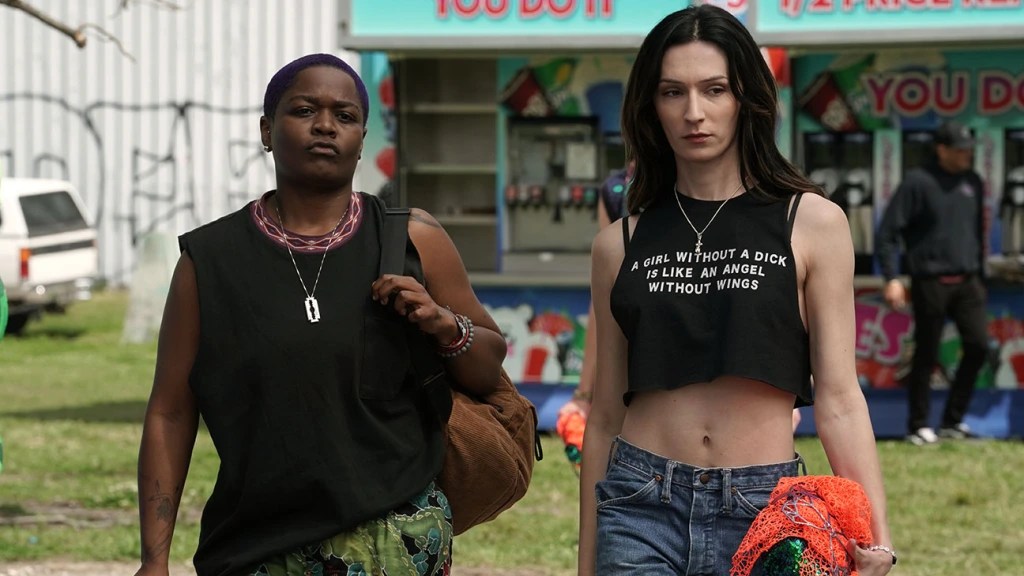

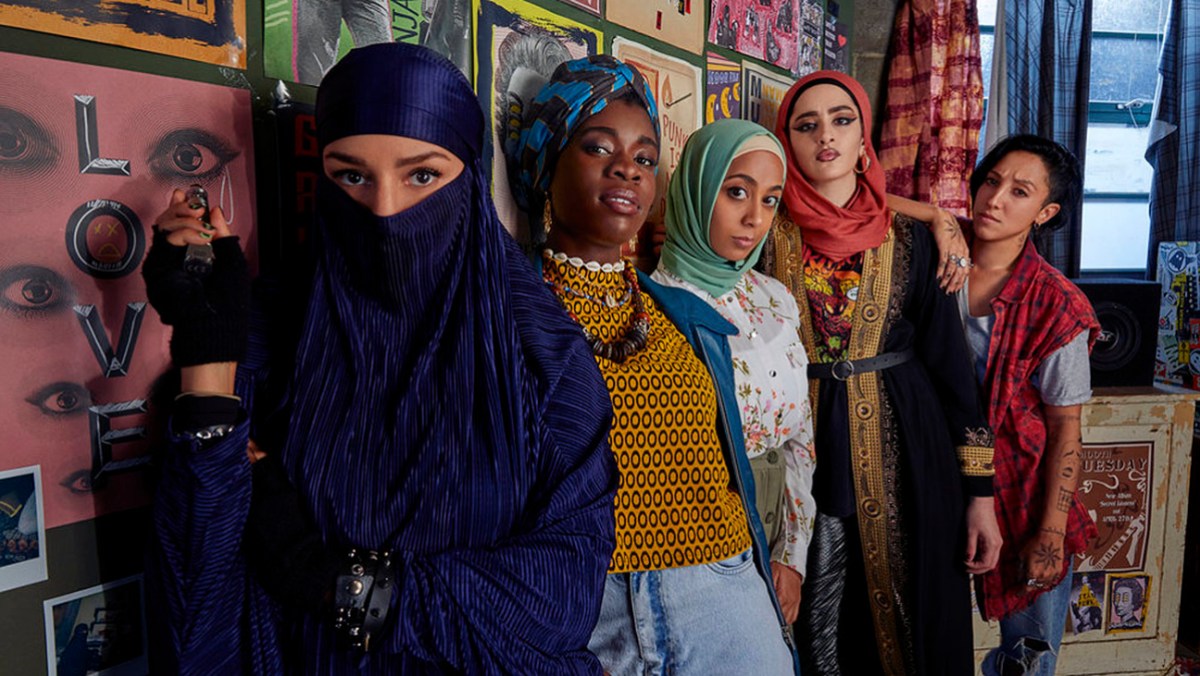

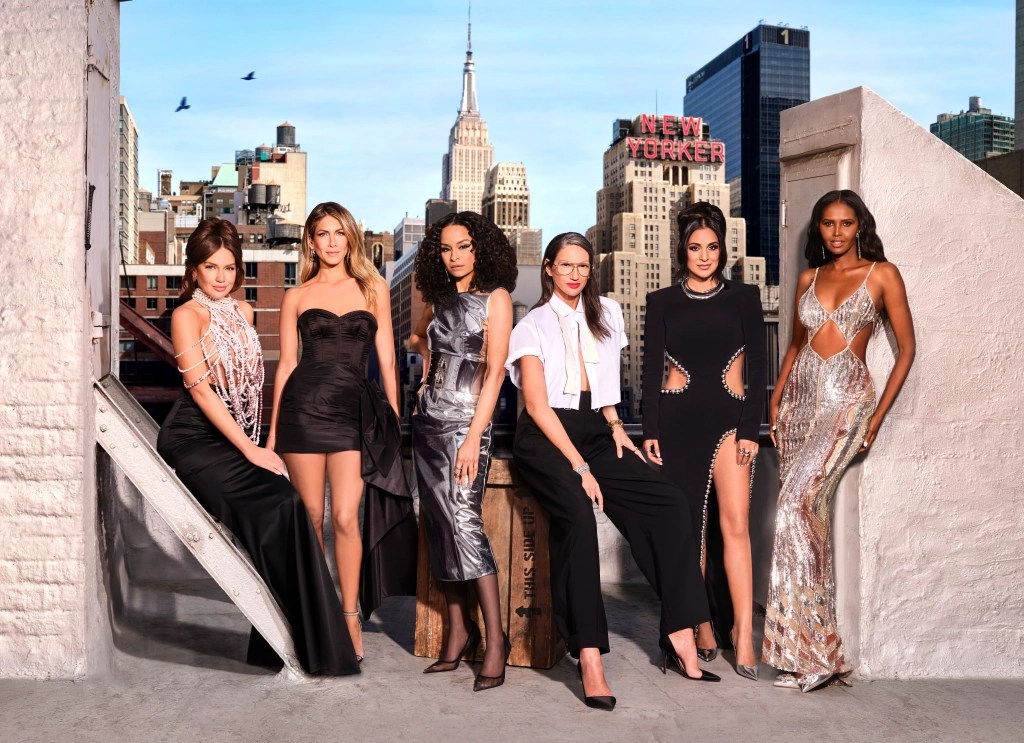














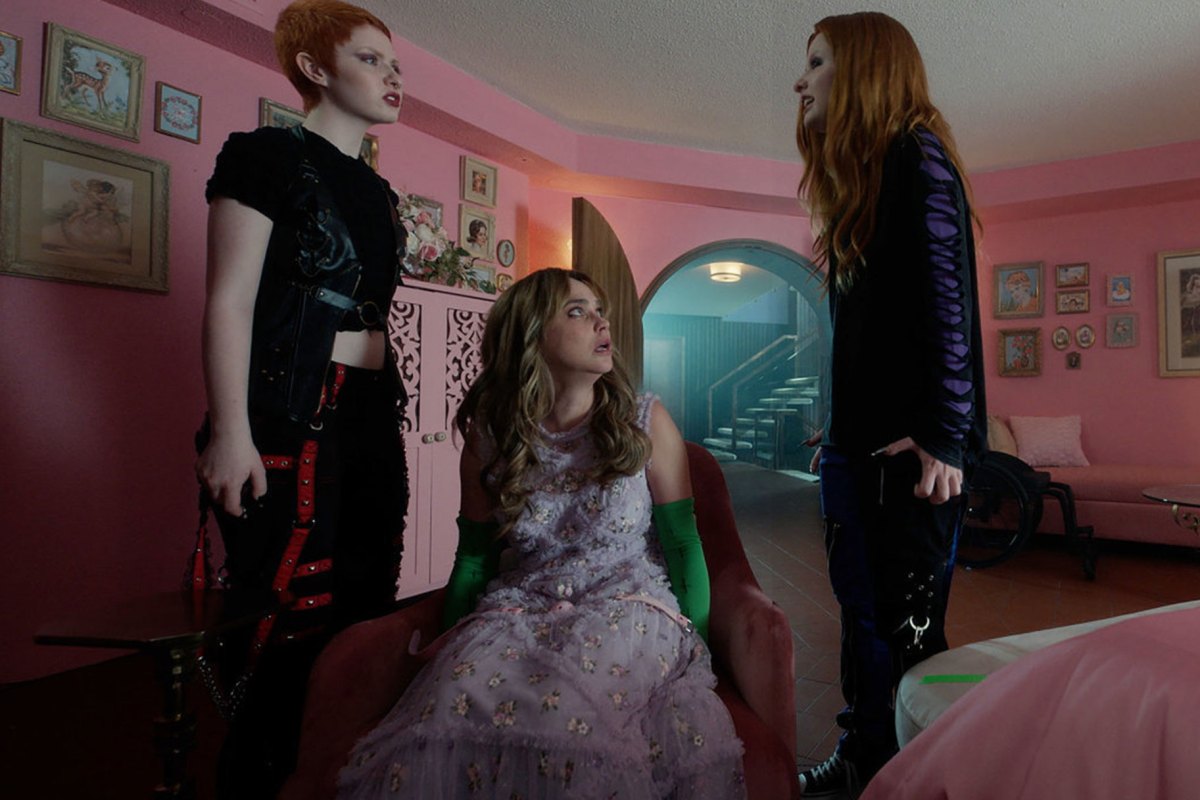
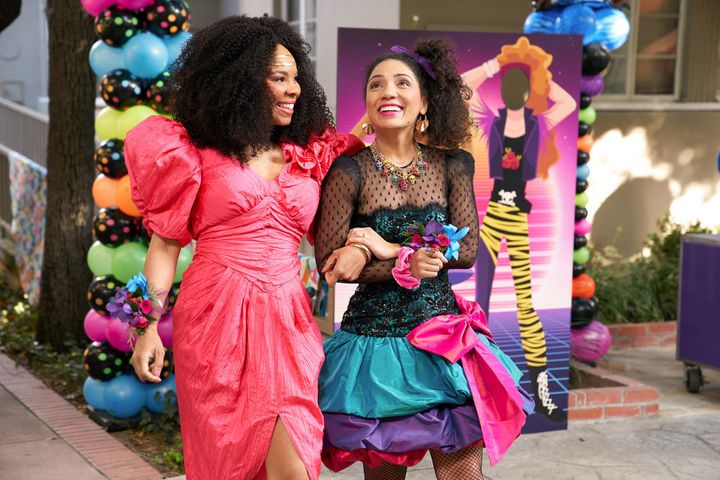



















Love an in depth fashion article like this! Thank you for writing, would love to read more!